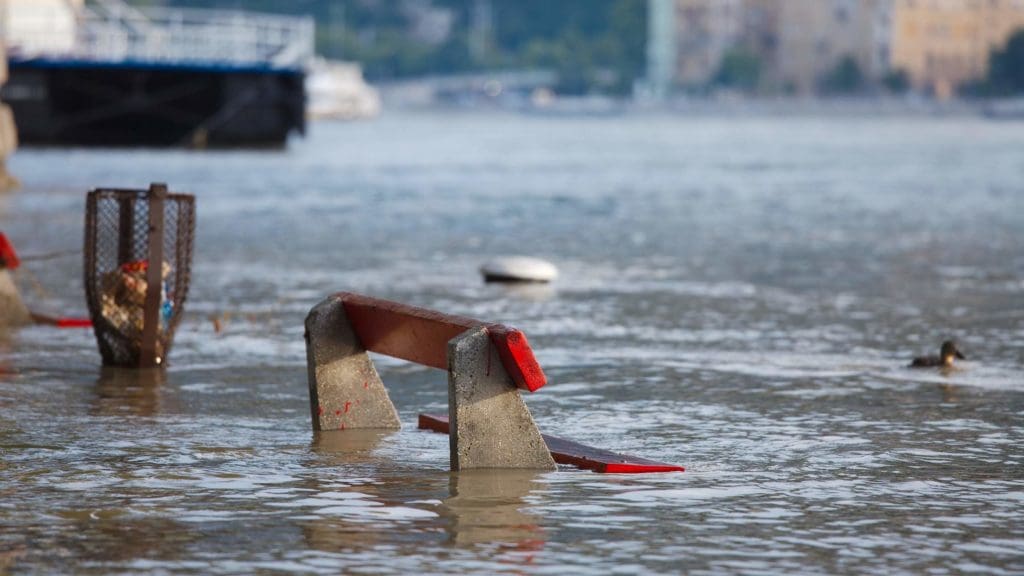If you live in a flood-prone area, you most probably know that the effects of failing to prepare for a flood in Houston can range from slight discomfort to devastation. Thanks to the National Weather Service, which issues flood watches and warnings when flooding is possible or imminent, floods no longer take us by surprise. But just being aware of a potential flooding event cannot help you prevent water damage to your home. The following guidelines are designed to help you properly prepare for a flood and protect yourself, your family, and your home during and after one.
Things to Do Before a Flood
The most important thing before a flood is to make a plan for evacuation ahead of time. It’s very important to establish where you’ll go and what you’ll do with your pets. A good idea would be to check with the Floodplain Management Office on the possible extent of flooding, best evacuation routes, and areas or shelters that are less prone to flooding. Make sure that you get familiar with the routes and location of shelters so that you can evacuate quickly and safely when the flood occurs. Once the National Weather Service issues a flood watch, fill your car’s gas tank and be prepared to leave. Also, build an emergency supply kit, which includes food and water, and keep it in your car.
Flood-Proof Your Home
A surefire way to protect your home from potential flood damage is to elevate it to the required Flood Protection Elevation, shortly referred to as FPE. Currently, there are several retrofitting methods for flood prevention that allow homeowners to lift their houses above potential flood levels. Retrofitting your home for flood prevention can be quite expensive but well worth it, as it can literally save your entire home and belongings in case of a flood. Even if your home is affected by a flood, elevation can reduce the extent or severity of potential water damage as well as the cost of your flood insurance. In addition to retrofitting your home, you may consider installing check valves, which can stop floodwaters from backing up into your home’s drains. Additionally, you could seal your lower-level walls with waterproofing compounds and install barriers to prevent floodwaters from entering your home.
Things to Do During a Flood
Protecting yourself, your family, and your pets is the most important thing during a flood. But you can also minimize property damage by implementing some emergency flood-proofing measures. The first thing you need to do is to keep an eye on the weather, as flash flooding can occur at any time. Listen to the radio or television while preparing to evacuate. In case of a potential flash flood, don’t wait for instructions to move to a safe location. If you have time, shut off utilities, close storm shutters, secure valuables to a safe place, and bring outdoor objects indoors. If floodwaters rise around your car or home, don’t try to walk or swim through moving waters. Abandon your car or home and move to higher ground if you can do so safely.
Things to Do After a Flood
Even if the floodwater levels have dropped, it’s important to return home only when authorities say it’s safe to do so. After you enter your home, don’t turn the main power switch back on if your home has been flooded. In that case, it’s advisable to call in a professional who can check your electrical outlets and turn your appliances back on the correct way. To prevent mold growth, allow floodwaters to drain as soon as possible, remove wet items, and keep windows and doors open for ventilation. If damage has occurred, take photos and contact your insurer. Also, remember that the water supply could be contaminated by raw sewage, gasoline, or oil. Listen for news reports to find out when the water is safe to drink.
Damage from flooding, turbulent waters and erosion is a serious threat to your property. The best way to protect your home from being destroyed is to lift it up and away from floodwaters. To find out how you can do that, please schedule your free home elevation consultation with our experts today!

